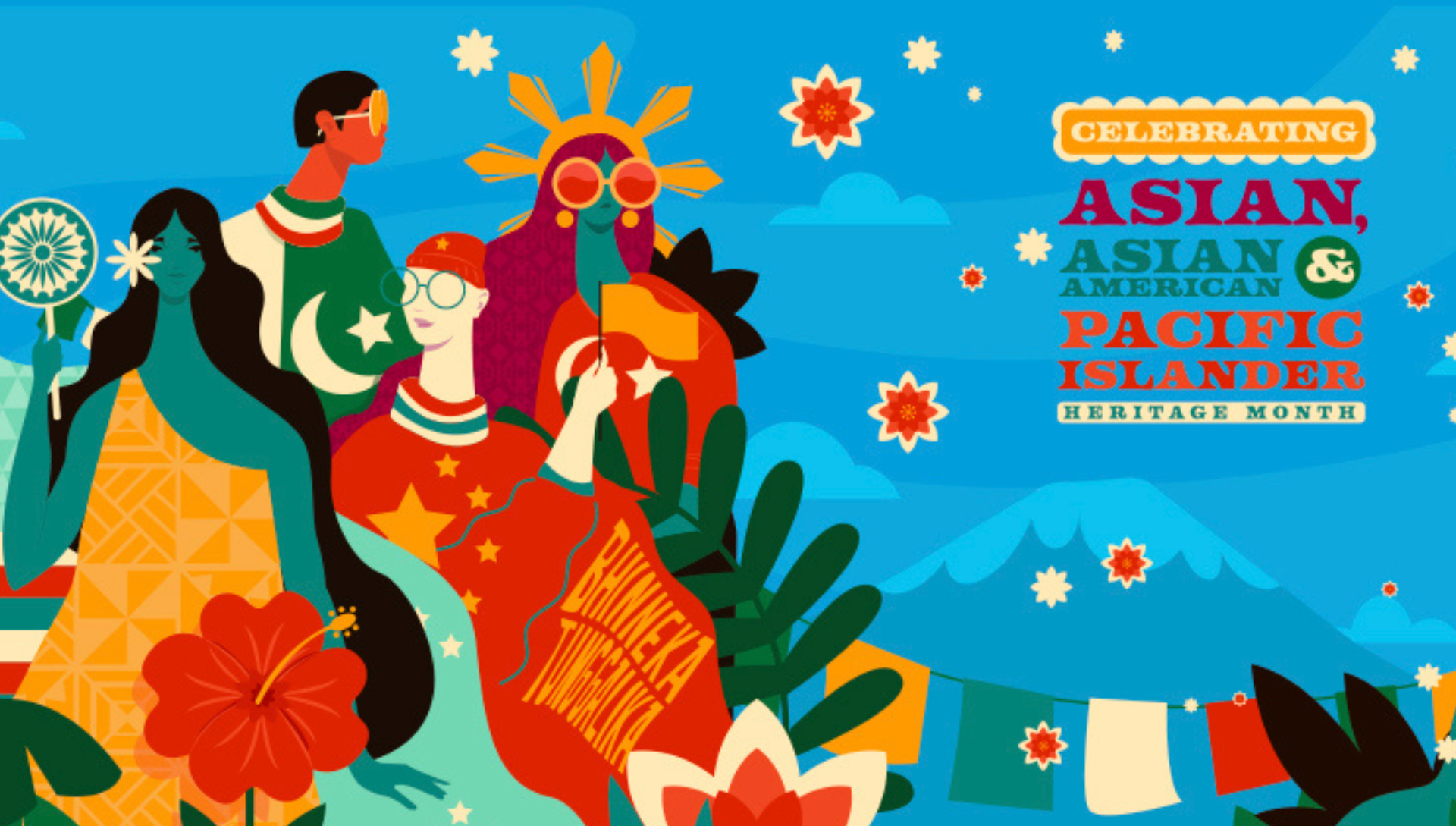
Global Hearth Celebrates Asian American and Pacific Islander Heritage Month: Can Food Be the Catalyst for Acceptance of Diversity and Achieving Equity?
"Can food be the catalyst for acceptance of diversity and a greater understanding between races? I’ve spent my adult life trying to prove this true; my story-telling and cooking demonstrations are also a journal of my journey."
We attended football pep rallies and played PacMan, but were fined a dime for every English word we spoke at home. When we were young, our relatives teased us and called us “banana” kids: yellow (Asian) on the outside, white (American) on the inside. In fact, there was a dissonance in my experience growing up within two cultures that I didn’t fully recognize or deal with until college.
The kitchen was where my mother reigned and where we Southern Chinese American kids learned a lot about both pride and getting along. She used a term to put us in place during dinnertime—“Eat better!” she would warn, meaning be quiet, get serious, get along, count your blessings, and don’t make trouble. There was no chance to be a rebel at our dinner table.
Meanwhile, my mother whipped up amazing stir fries and country Asian creations, such as Hot Hunan Catfish and Five-Spice Rutabaga, prepared in a blazing hot cast-iron skillet—perhaps not realizing how similar these tastes were to Southern folk. But, when we ate out, we preferred hamburgers and barbecue. My dad loves Chinese porridge with a Thousand-Year egg cut up in it and fermented bean curd on the side, but in our Chinese take-out restaurant in Atlanta he also served fried chicken wings, because he loved them.
Between the worlds of egg rolls and fried chicken, I grew up feeling right at home
Understand, I didn’t choose to turn my back on my race in order to blend in; my love for life in the South, as well as my love of Chinese family, fueled real life experiences that help me to find a balance between the two. I keep coming back to the food and the table that brings us together. Through food, I’ve found comfort. With others, I love making connections and breaking through our shared fears and stereotypes by discovering culturally compatible tastes. Yes, I respect, honor, and remember the origins of the Chinese food I grew up eating, but I also believe in allowing ourselves—and our recipes—to evolve.
At this time in our country, Chinese immigrants, as well as long-time citizens, are being shamed and canceled for China’s supposed part in spreading COVID-19. When these types of fear-based beliefs fuel the fire of hatred against people, facts are not what calm them. In teaching diversity classes, I often use my family stories of how one Asian American family adapted to the ways of the Deep South; and how our food has served as a cultural gateway and a political olive branch, to help break down barriers and stereotypes around the unfamiliar, and focus on the values we all hold dear—good food, good health, and community. I say this at every speaking engagement, cooking video, and diversity seminar I lead:
From urban food deserts to state dinners, I believe with all my heart that the experience of breaking bread—or challah, injeera, or bahn mi—together is the starting point, and best hope for achieving healthy, livable, sustainable communities.
The dining table is a special, sacred place where we can enjoy and learn to agree or disagree, without politics. We don’t have to be color blind to be curious, open, and continue to challenge ourselves, whether it concerns eating new foods, or simply hearing about our shared comfort zones.
The stories behind my recipes and shared in presentations and cooking demos are the unseen ingredients I love the most; I offer them for your enjoyment, and as a bridge to connect all of our best food experiences. Will there ever be a time when food is just food? Probably not. Will there be a time when we are a colorblind society? I hope not, although I strive for harmony. Diversity, after all, is the ingredient that makes our country great. No blending required.
(WBENC | AAPI Spotlight: Can Food Be the Catalyst for Acceptance of Diversity?)
